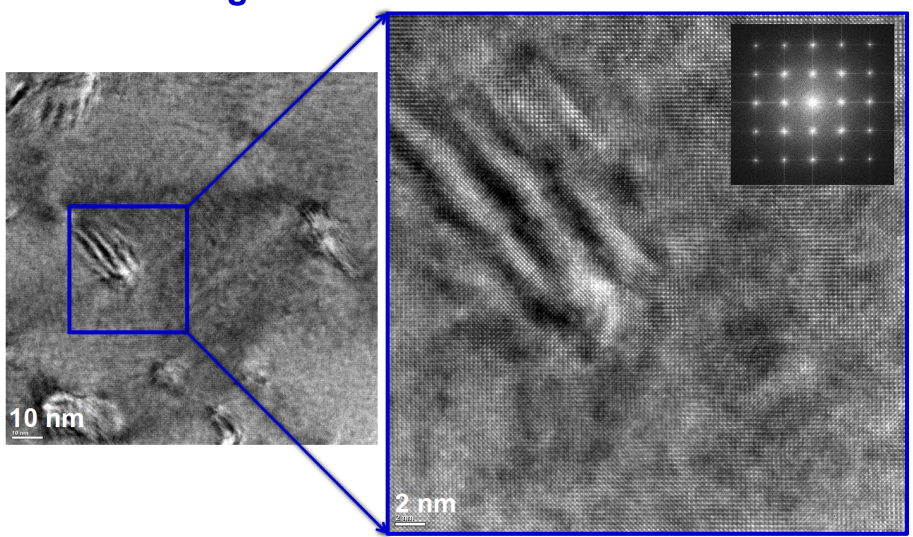Iron-Rhodium Magnetic Thin Films
Magnetic materials are crucial for various applications in modern technological devices. Magnetic phase transitions are one of the unique behaviors in a magnetic material, which is related to the structural and electronic phase changes and can be triggered by temperature, applied strain or magnetic fields. Iron-Rhodium (FeRh) with roughly equiatomic composition is an interesting example exhibiting two magnetic phase transitions. It is antiferromagnetic (AF) at room temperature but above a critical higher temperature (~77 ºC) becomes ferromagnetic (FM) before its Curies temperature transition to a paramagnetic (~402 ºC) state. The near room temperature AF-FM magnetic phase transition in FeRh is reversible and accompanied by an isotropic lattice expansion and an increase in resistivity. For modern device applications epitaxially grown FeRh thin films on different substrates have been fabricated to study their magnetic transition properties. However, the underlying fundamental dynamics of these transitions are yet to be determined. In collaboration with Dr. Robert Kruks group at the INT, epitaxially grown FeRh films were investigated by plan-view TEM techniques to understand the structure and magnetic transitions in situ during temperature cycling (Fig. 1).

Fig 1.: HRTEM images of FeRh thin films.
Further details can be found at
- Ralf Witte, Robert Kruk, Markus E. Gruner, Richard A. Brand, Di Wang, Sabine Schlabach, Andre Beck, Virgil Provenzano, Rossitza Pentcheva, Heiko Wende, Horst Hahn, Tailoring magnetic frustration in strained epitaxial FeRh films, Physical Review B, 2016, 93, 104416.
- Ralf Witte, Robert Kruk, Alan Molinari, Di Wang, Sabine Schlabach, Richard A Brand, Virgil Provenzano and Horst Hahn, Epitaxial strain-engineered self-assembly of magnetic nanostructures in FeRh thin films, Journal of Physics D, 2017, 50, 025007.

This project is partially funded by the DAAD Doctoral Research Scholarship of Saleh Gorji.

